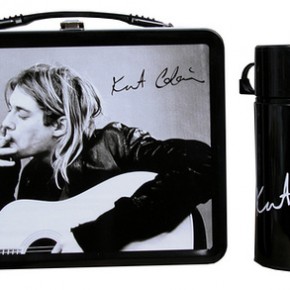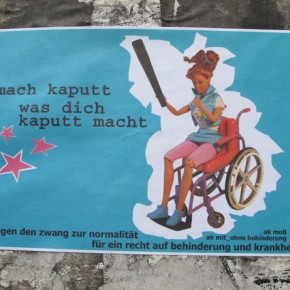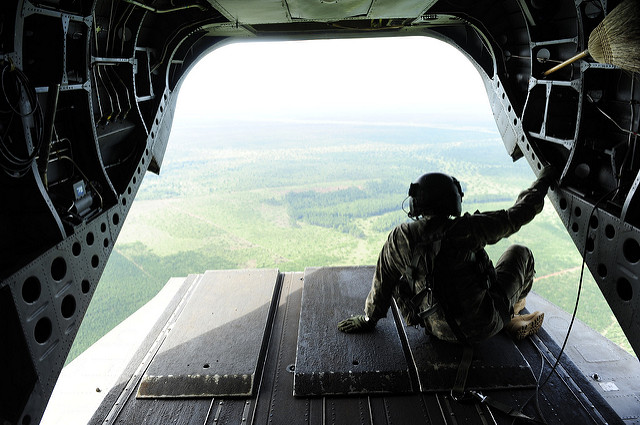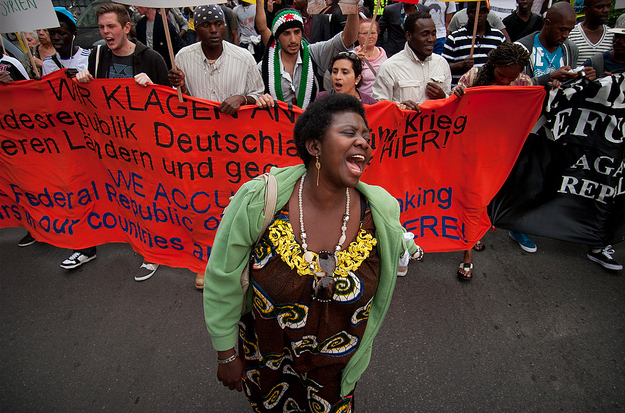Zimbabwe’s Shona kitchens are grand affairs: sturdily-built round brick huts, always covered with a prettily tailored thatch roof. The walls are clad in mud or plaster, and often painted in traditional designs. By contrast, the houses are simple, almost slapdash: roughly put-together brick boxes, with a corrugated iron roof. Nothing except sleeping happens in the houses, whereas the kitchens are the centre of Shona life.
The kitchen kept by Shepherd’s wife Edith was a classic. The first thing that greets you as you enter the perfectly round building at sunset is a merrily burning fire in its central fireplace. It is the only source of light. The walls, darkened by years of woodsmoke, softly reflect the flames. To your left, the wall is lined by a brick bench covered in smoothly shining cement. To your right, a dresser lined with plates and cups and containers for grains and dried vegetables. Across the flames, Edith is cooking, squatting on the floor next to her daughter, nursing her firstborn. Younger children, curious and amused, pop their heads through the door to gaze at the mzungus (us) and run away, shrieking with laughter.
We slide onto the bench, heartened by the fire’s heat and cups of hot tea. These heights near Juru, about forty miles east of Harare, get chilly in the evening, even in this season, the late summer (frost is common in winter). There’s no power or running water on Shepherd and Edith’s farm. Like their neighbours – like most of rural Africa – they depend on a well for water and candles for light. The kitchen, with its happy fire, its light, its warmth, is the natural place to sit down after a day’s work in the fields, to chat and joke and gossip. No wonder that even the rich, with their Californian split-levels and four-wheel drives, usually keep a traditional kitchen on their plots.
Shepherd and Edith are doing a lot better. The trees they added to their fields have boosted their crop yield and provided much-needed fruit for the children and fodder for the animals. Edith is happy that she doesn’t have to trek to the forest for fuel wood any longer. They’ve been able to add a couple of cows. And since the dairy a few miles away was reopened a couple of years ago, they again have an outlet for their milk. Money is coming in, and it shows. The kids’ school fees were paid on time; their uniforms are fresh; and Shepherd is sporting a rake’s satin shirt. His next objective: save the few hundred dollars needed to get the electricity company to run a line to his property, for light and an electric heater.
A few years ago, things could not have been worse. By January 2009, inflation had gotten so bad that it took 10,000,000,000,000,000,000,000,000 Zimbabwe dollars to match the 1980 value of 1 Zimbabwe dollar. Yes, that’s right – a trillion trillion dollars. It was the worst hyperinflation the world had ever seen, far worse even than the 1921 Weimar Republic inflation. All capital and debts were wiped out. Output plummeted. Unemployment soared. Almost all economic activity ground to a halt.
In Juru, the dairy closed. The veterinarian stopped working. Shepherd and Edith lost their only cow. With school fees unpaid, the kids had to stay home (not that the teachers were teaching, anyway: they were too busy finding a trade, any trade, to survive). There was no money for fertilizer. Their maize harvest suffered. Hunger stalked the family, along with 7 million other Zimbabweans – 60% of the country’s population. Facing catastrophy, the government capitulated: trades in foreign currencies were legalized in January of that year. By April, hyperinflation had been replaced by a slight deflation: dollar-denominated prices were dropping. The nightmare was over.
Today, ATMs spit out US dollars. While the Zim dollar still officially exists, its only formal existence seems to be as many-zeroed notes for sale in tourist spots.
Photograph courtesy of de Paula FJ. Published under a Creative Commons license.





